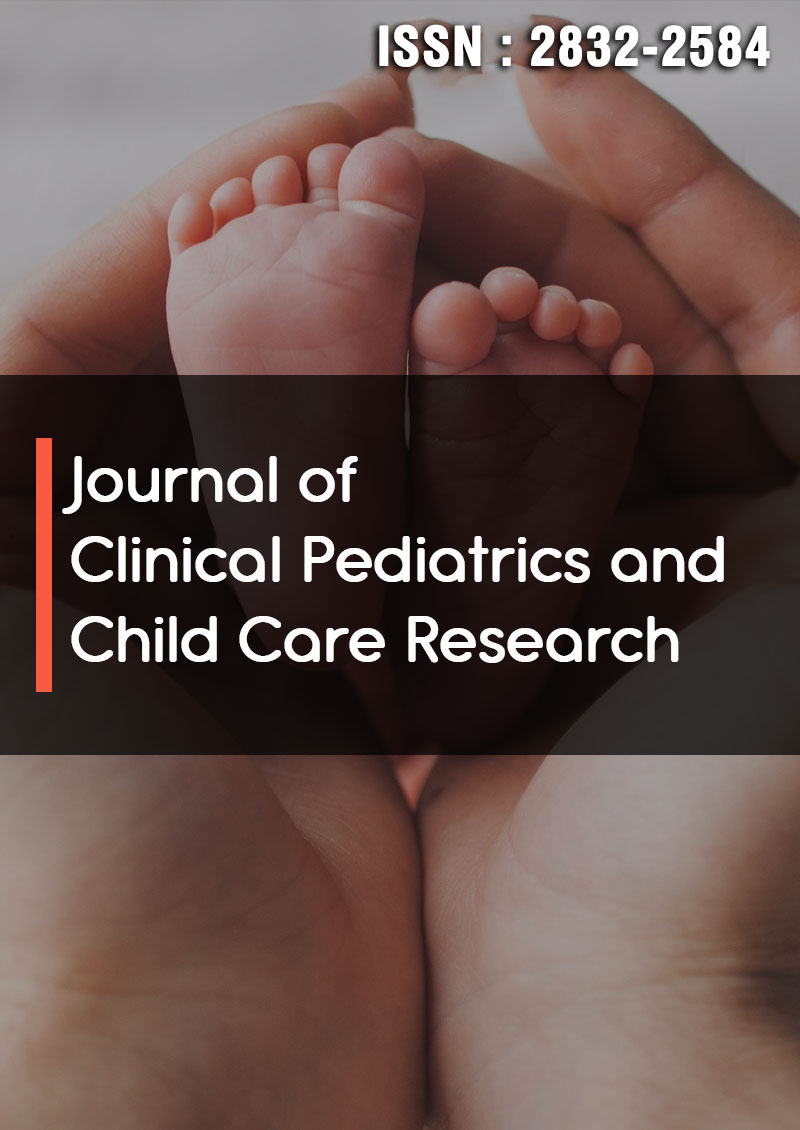Prevalence of Hematological Abnormalities and Factors Associated Among HIVInfected Children Receiving Care at Kilimanjaro Christian Medical Centre
Abstract
Angelika F Masao, Aisa M Shayo, Rune Philemon, Blandina T Mmbaga
Background: In HIV infected children, any of the cell lineages can be depressed during disease progression. Hematological complications such as anemia, neutropenia and thrombocytopenia were among clinical problem frequently reported in early years of AIDS. This study aimed to determine the magnitude of hematological abnormalities and factors associated with HIV infected children.
Methods: A cross-sectional analytical hospital based study was done from Sept 2016 to May 2017, and 201 HIV-infected children, below 14 years attending ART clinic during the study period were included. Social and nutrition history, ARV drugs used, clinical staging and anthropometric measurements were recorded. Blood samples for full blood count and HIV viral load were taken and analyzed by Mindray BC 5380 and Roche COBAS respectively. Data analysis was done using STATA where descriptive statistics for categorical variables were summarized using frequency and percentage. Odds Ratio (OR) with its 95% CI was used to measure the association between dependent variables and independent variables by using logistic regression.
Results: The median age of the participants was 9 years. Most of them 44.78% were on zidovudine, lamivudine and Niverapine regimen combination therapy. Prevalence of anemia, neutropenia and thrombocytopenia was found to be 42 (20.9%), 41 (20.4%), 4 (2%), respectively. Children under five years (OR 2.36, 95 % CI, 1.06-5.27) had higher viral load >1,000 copies /mil, (OR 2.02, 95% CI, 1.01-4.07), those taking co-trimoxazole (OR 2.67, 95% CI, 1.31-5.46), those who had history of TB disease (OR 2.09, 95% CI, 0.92-4.75), and those with less than one year on ART (OR 3.14, 95 % CI, 1.02-9.63) were associated with anemia in bivariate analysis. However, in multivariate analysis for anemia, no factor remained significant. Having history of TB had higher odds of developing neutropenia (OR 2.18, 95% CI, 0.96-4.95) although it was not significant.
Conclusion: The prevalence of anemia and neutropenia in children is still high despite being on ARVs. Under-fives, taking co-trimoxazole, having higher viral load, TB disease history and being on ART for less than one year were are risks of developing anemia. Regular monitoring of hematological abnormality may help identify problems early and appropriate measures taken to prevent the effect of these abnormalities.




